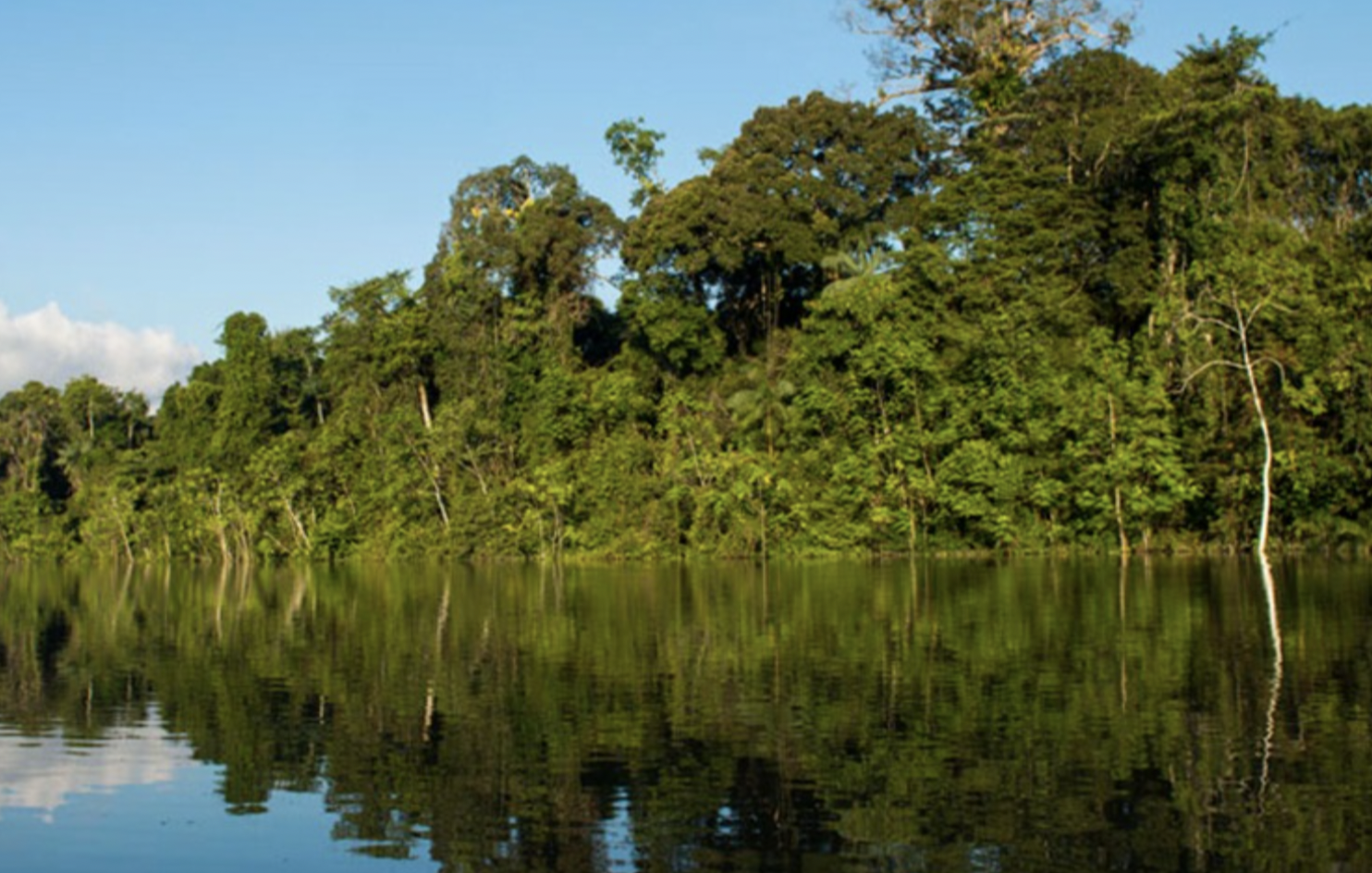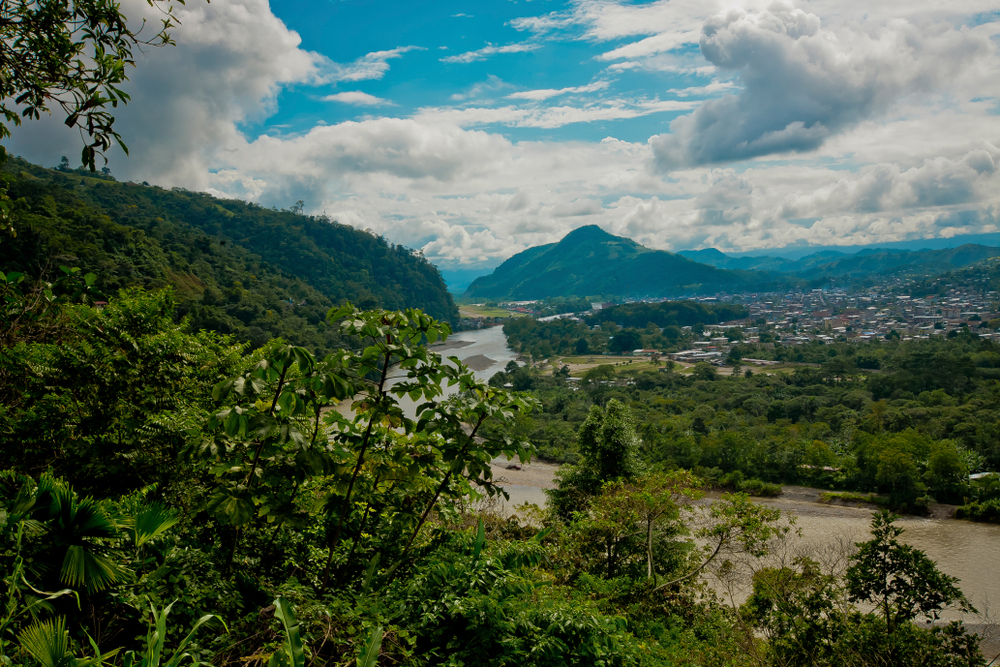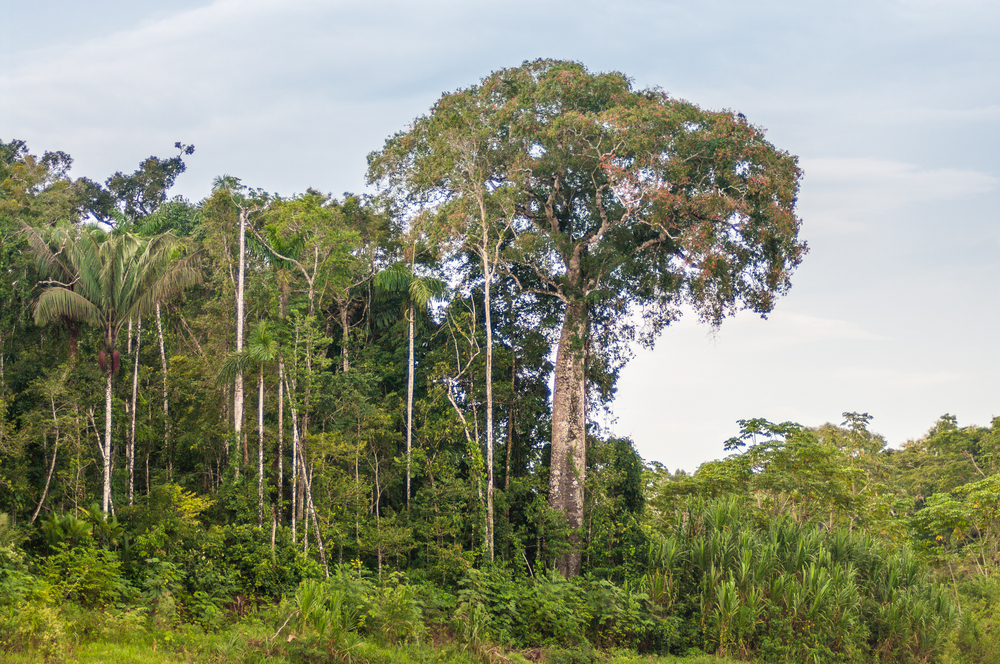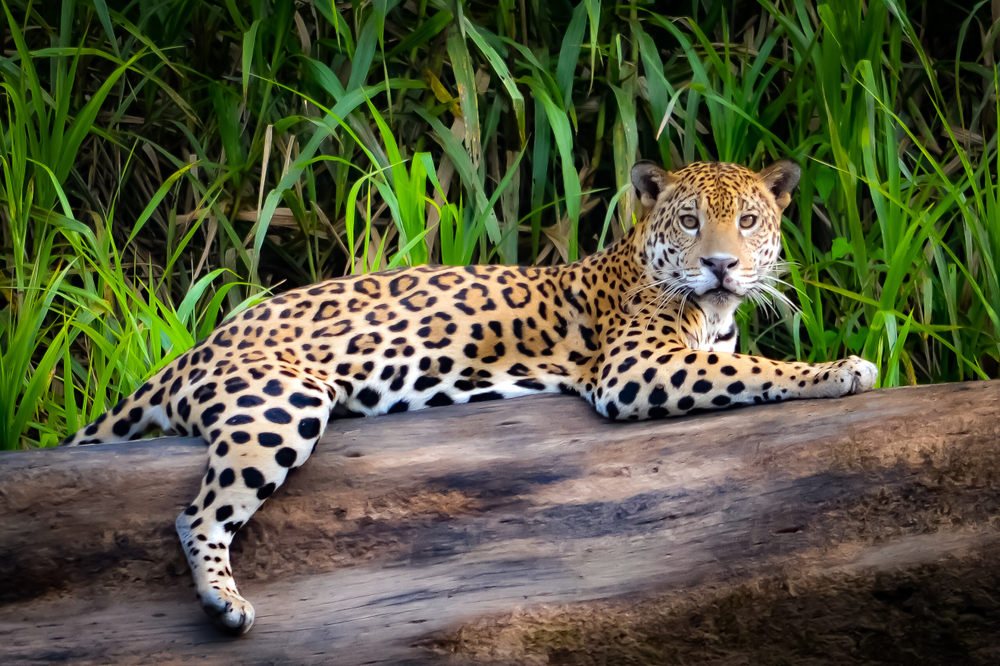Yaguas Overview
Yaguas National Park, known locally as Parque Nacional Yaguas, is a vast and biodiverse protected area in the northeastern region of Peru.
Encompassing approximately 8,689 square miles (22,032 square kilometers), the park is situated in the department of Loreto, within the Amazon Basin near the Colombian border. This expansive and remote park is characterized by dense tropical rainforests, winding rivers, and an extensive network of tributaries that feed into the Amazon River.
The Yaguas River, a prominent feature of the park, flows through its heart, providing a lifeline for the diverse flora and fauna that thrive within this pristine environment. The landscape is dominated by lowland tropical forest, flooded forests, and swamplands, creating a mosaic of habitats that support an extraordinary range of species.
Towering canopy trees, lush understory vegetation, and aquatic ecosystems define the park’s scenery, making it an invaluable conservation area for Peru’s rich natural heritage.
The wildlife of Yaguas National Park is exceptionally diverse, with the park protecting more than 3,000 species of plants and countless animal species, many of which are rare or endemic. It is home to an estimated 500 species of birds, including the strikingly colorful macaws, toucans, and the elusive harpy eagle, one of the largest and most powerful birds of prey in the world.
Mammals in the park include jaguars, giant otters, tapirs, and several species of monkeys such as the woolly monkey and the howler monkey, whose deep calls echo through the jungle canopy. The rivers and wetlands of Yaguas provide habitat for manatees, pink river dolphins, and an astonishing variety of freshwater fish, including species that are found nowhere else on Earth.
Amphibians and reptiles such as poison dart frogs, caimans, and anacondas also thrive in the park’s humid, water-rich environment, further emphasizing the region’s incredible biodiversity.
One of the most remarkable aspects of Yaguas National Park is its untouched and nearly pristine condition. Due to its remote location and relatively recent designation as a national park in 2018, it has remained largely free from human development. The park is considered a crucial refuge for species threatened by habitat destruction elsewhere in the Amazon.
Visitors to the park, while limited in number, have the opportunity to experience the Amazon rainforest in one of its most undisturbed forms. Exploration is typically done via guided boat tours along the Yaguas River, allowing travelers to observe the park’s wildlife from the water. Traditional dugout canoes provide an immersive way to navigate the waterways, offering a chance to encounter pink river dolphins, fishing communities, and dense jungle scenery.
For those seeking a deeper adventure, multi-day excursions with experienced guides allow for trekking through the rainforest, birdwatching, and learning about the ecological significance of this vast wilderness.
Yaguas National Park faces significant conservation challenges, primarily linked to illegal mining, logging, and hunting. Gold mining activities, even outside park boundaries, pose a threat to water quality and biodiversity due to mercury contamination.
However, conservation efforts, including the establishment of protected zones and collaboration with Indigenous communities, have helped safeguard the park’s ecosystems. The Peruvian government, along with environmental organizations, continues to monitor and enforce protective measures to ensure the park remains a haven for wildlife.
The designation of Yaguas as a national park was a major conservation success, securing long-term protection for one of the last remaining untouched areas of the Amazon rainforest. Its preservation is vital not only for biodiversity but also for climate regulation and the well-being of local Indigenous groups who rely on its resources.














































































